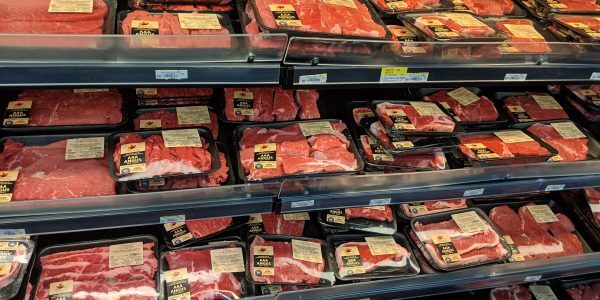Anne Wasko said in this week’s Beef Market Update that there is now reason to remain optimistic in the beef market, with feed prices declining slightly while trading remains stable.
Cattle prices have been strong to stable in the northern regions this week, which is good news, even if trading in the southern regions has been very low.
Further north into Western Canada, the feeder cattle market also trended steady at about $5 higher, she said. “Certainly, wherever you look this week, you’re going to see averages go up. Whether you’re in Alberta or Ontario, that story is equally true. So the market is solid,” Wasko said.
Carcass weights are certainly still heavier, but that’s partly down to lower feed costs: Lower gain costs mean cows stay on feed a little longer, resulting in average carcass weights that are 53 pounds higher than the five-year average.
Turning to trade data, we have some January data to examine for the U.S. and here at home.
Canada’s beef exports increased 2% and its export value increased 11%. On the beef import side, beef imports into Canada increased 8% in January and February. “We expect to see this trend as both Canada and the U.S. head into ’24,” Wasco said, as record high prices and a strong growth in the trim market draw beef imports into North America.
The US import situation mirrors the Canadian situation, but exports fell by 4% over the same period. “That’s not surprising to me. As the year progresses and production levels decline, U.S. production levels are currently down 4 to 5 percent, and I think that trend will continue,” she says. . Import volumes increased significantly by 38%, mainly from Australia, New Zealand and Brazil.
subscribe: apple podcast | spotify | | all podcasts






